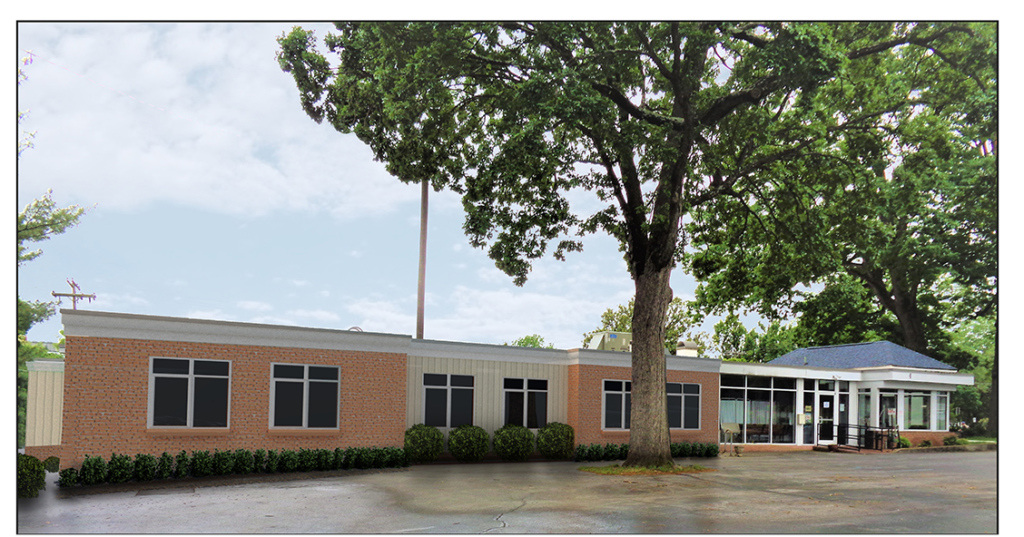 Telehealth served not only as a solution for Bradley Free Clinic, and many other clinics and providers, to be able to see existing mental health patients during the onset of the pandemic, but it allowed Bradley to support its community when the demand for mental health skyrocketed.
Telehealth served not only as a solution for Bradley Free Clinic, and many other clinics and providers, to be able to see existing mental health patients during the onset of the pandemic, but it allowed Bradley to support its community when the demand for mental health skyrocketed.
In just over two years, Bradley increased its mental health patient load from 40 to more than 450 and launched a new behavioral health wing.
Absorbing a new client load while transitioning to telehealth
In 2019, a local chapter of Mental Health of America, which had been working through the Virginia Tech Carilion Psychiatry Residency program along with volunteer providers, announced it was closing its Roanoke Valley chapter, a decision that would leave all its patients with nowhere to go.
Despite the gathering climate of uncertainty related to COVID-19 at that time, Bradley agreed to take on the Mental Health of America patients, as well as incorporate the practitioners who had been providing the mental health services.
Thinking back on it now, Bradley’s behavioral health program manager Christine Wright remembers that moment as a “perfect storm.”
“We started using telehealth just a few weeks before the onset of the pandemic, because we didn’t have enough physical space in the building to see all patients in person,” Christine recalls. “And then, this perfect storm of COVID-19 and an increased patient load all happened at once, and everything went virtual. It became the only option for care, and our mentality was, ‘we’ll figure it out.’”
And they did just that. Bradley never shut its doors for medical or mental health services throughout the pandemic.
“It was all about adaptability and being forward-thinking,” says Christine. “We asked ourselves, ‘how can we still meet the community’s needs while still being safe during the pandemic?’”
Utilizing telehealth as a solution and tool for growth
While the staff went about figuring out the transition to virtual care, patients undertook a learning process as well. Many of the clinic’s patients are people or households with lower incomes, and they were concerned about barriers that could prevent access to virtual care, including limited access to technology and broadband. Not long after they realized that their phones would work just as well for remote appointments, they also began to appreciate the added convenience of telehealth. Transportation to and from appointments, for example, was no longer a prohibitive factor. Together, patients and providers at Bradley adapted to telehealth.
While taking on Mental Health of America patients significantly increased Bradley’s mental health patient load overnight, the pandemic continued to exacerbate mental health demands in the region. To augment its capacity to serve the community – virtually and in person, the Bradley team knew it needed more space to keep up.
During the summer of 2022, the Bradley team celebrated the opening of the Robertson Behavioral Health wing. The expanded space includes six counseling rooms and a large group therapy room as well as admin space. The wing also has an array of technological upgrades that helps facilitate telehealth appointments, including a virtual setup for conferencing.
Moving forward, the Bradley team expects that services will continue in a hybrid fashion, a convenience for patient and provider alike.
“I think we will always have a telehealth component to our mental health services because it removes so many of the barriers to care,” Christine says.
To help increase its reach to community members in need of affordable and accessible mental health care, Bradley recently joined forces with a new pilot program led by VTN called the Virginia Telemental Health Initiative (VTMHI). VTMHI expands access to timely and appropriate telemental health services by collaborating with Virginia’s free and charitable clinics and mental health providers who are in the process of meeting their licensure requirements. Click below to learn more.


